In all the fanfare of the launch of its more cloud integrated, edit-anywhere Lightroom CC software, Adobe has made a lot of noise about ease-of-use and faster speeds, but it also quietly made reference to the death of the standalone desktop version, Lightroom 6.
With it, it feels like Adobe is turning its back on a certain type of enthusiast photographers: those users who enjoy and care about their photography enough to buy Adobe’s products, but don’t need to edit ‘in the field’ or have clients to justify the ongoing cost of subscription software.
 |
| What’s that, Granddad, software in a box? How do you get it onto your phone, then? |
With the company stressing ease of use of the latest version, they probably don’t see it that way, but it’s clear that the user who upgrades their camera and their software only occasionally has no place in Adobe’s shiny new future in the cloud.
In my look back at my excitement surrounding the development and launch of Lightroom v1.0, I said I felt that the subscription model “runs counter to the longevity benefit of building a database around my images”. I stand by that.
The tension at the heart of Lightroom
As I understood it, Lightroom was almost two pieces of software in one. In part it was an attempt to provide all the tools a broad range of photographers needed, without the cost and complexity of buying Photoshop. Photoshop’s success and name recognition had meant that lots of users who didn’t really need most of its capabilities, felt they had to buy it. Lightroom gave them an affordable alternative, and allowed Adobe to focus on their professional users (in both photo and non-photographic fields), with Photoshop.
archiving: the creation of a long-term library of work that you might want to refer back to and perhaps update
But, equally, Lightroom was Adobe’s attempt to bring an asset management tool to a wide range of photographers who suddenly found themselves generating and needing to process and store many more images than they had done before. Part of that management is archiving: the creation of a long-term library of work that you might want to refer back to and perhaps update.
The move to subscription only for Lightroom undermines both the idea of an affordable alternative also, significantly, the idea of an usable archive. While it’s true that most households readily spend $ 10 per month for online streaming services, and many times that for mobile phone and data services, there will be a lot of users who object to the idea of having to pay, in perpetuity, for the continued ability to edit their own archives. Especially if their needs haven’t necessarily changed and where there isn’t necessarily an ongoing cost to the company.
most households readily spend $ 10 per month for online streaming services, and many times that for mobile phone and data services
Adobe seemed to recognize this when it chose to continue Lightroom 5 and then 6 as a standalone products alongside its CC software, and said it had no plans to move to subscription only. But it probably should’ve been obvious that this position had changed as the company buried the link to the standalone version in ever more obscure corners of its website.
Change vs long-term plans
Of course, there’ll be plenty of users who are quite happy to pay for online storage and the access-and-edit-anywhere capability of the new system. Given how many attempts Adobe has made at solving this problem (I’m looking at you, Carousel/Revel), it’ll probably be pretty good, despite my reservations about the effect on quality/stability that the move to constant updates has had on Photoshop. Overall, it’s just unfortunate for people who don’t particularly want that product.
The idea that your existing work becomes less controllable, less dynamic, is uncomfortable.
At the risk of sounding older and more curmudgeonly than I really am: it’s the principle of the thing. I’ve never had much sympathy for people expecting perpetual upgrades from Adobe, for free: if you spend hundreds of dollars on a new camera, it seems unrealistic to expect a corporation to accommodate that choice, unpaid. After all, you still had exactly what you’d paid for.
With a subscription model, that’s no longer true. Instead you end up paying for support for ever more cameras you don’t have and features you don’t necessarily want, in the knowledge that you’ll lose most of the software’s capability if, for whatever reason, you don’t choose to continue your subscription. The idea that your existing work becomes less controllable, less dynamic, is uncomfortable.
Why I’ll be looking for other options
The idea of losing the ability to edit my existing files, even though my needs haven’t changed is obnoxious enough that I don’t want to further commit myself and my images to a Lightroom database.
That means foregoing the temptation to squeeze the last life out of Lightroom 6 by using the DNG Converter that Adobe, to its credit, updates for free to retain compatibility. Because one day there’ll come an operating system that LR 6 won’t work with, and my supposedly long-term solution will be reduced in utility.
All purchases are ultimately a balance between what the customer wants and the company is willing to give them, for the money. With this latest move, it feels to me like that balance has been lost: the move favors Adobe much more than it benefits me. The Lightroom I loved is dead, because apparently it’s not a product Adobe wants to make anymore.
Articles: Digital Photography Review (dpreview.com)























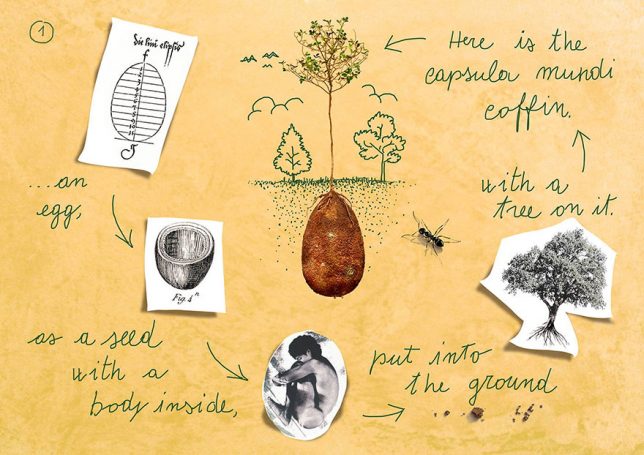

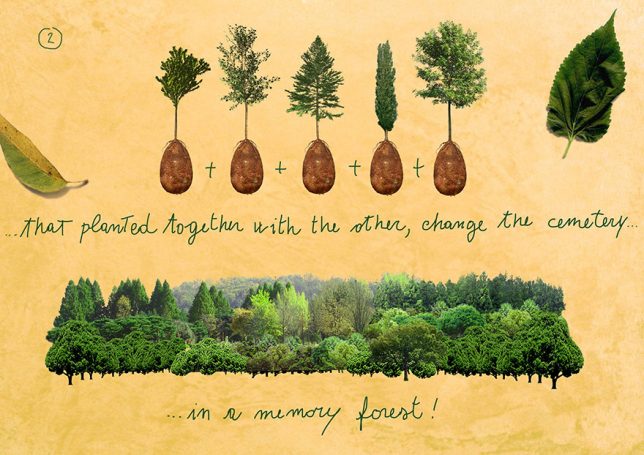
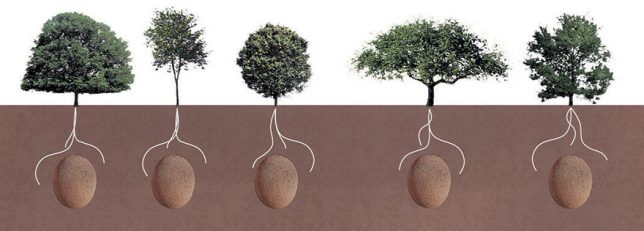
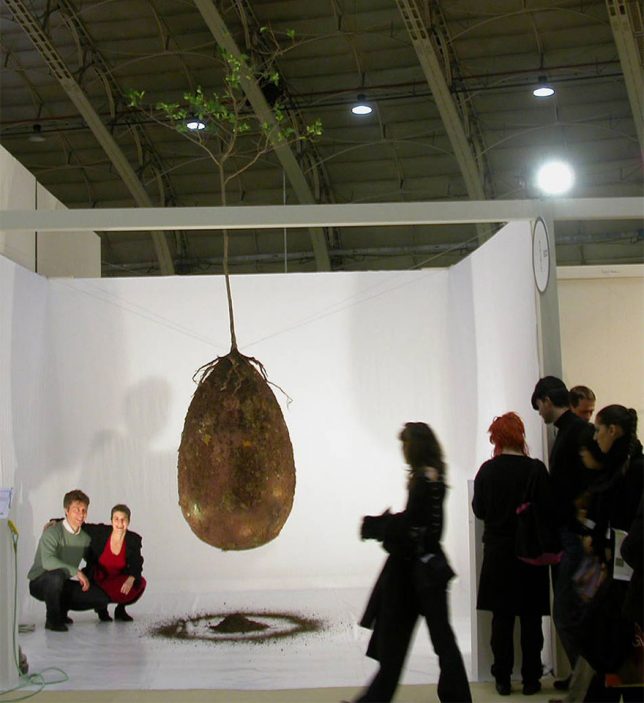















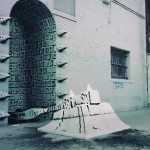





You must be logged in to post a comment.